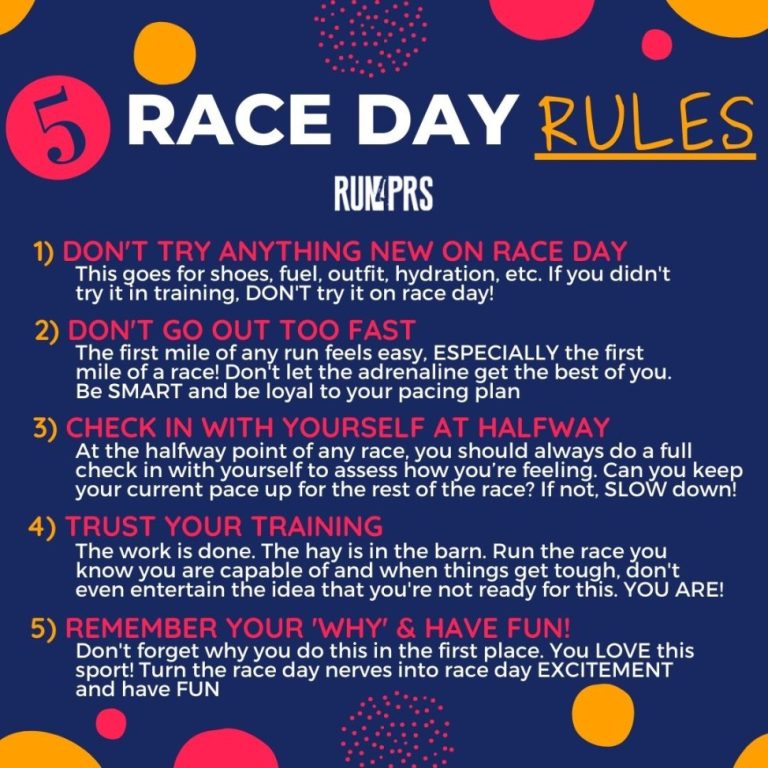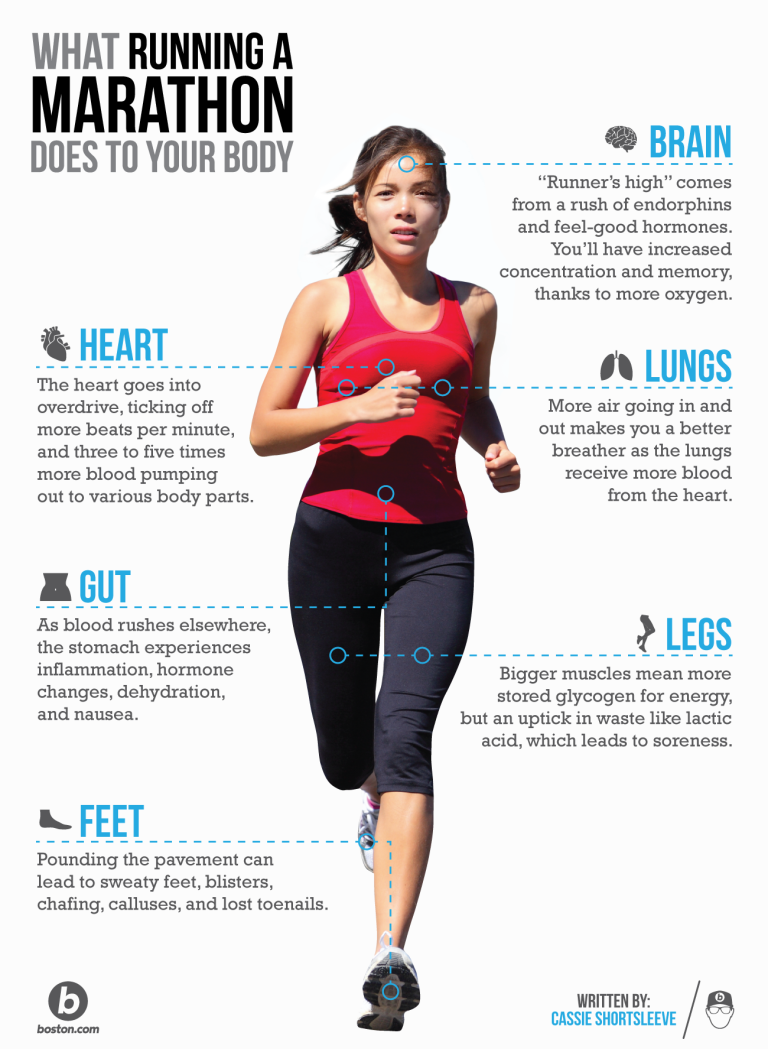How to Improve Your Marathon Pace
If you want to improve your marathon pace, focus on increasing your speed and endurance through consistent training and proper nutrition. By incorporating speed work, tempo runs, and long runs into your training regimen, you can improve your overall performance and achieve a faster marathon pace.
Marathon running requires dedication, discipline, and strategic training to reach your performance goals. Whether you’re a seasoned runner aiming to set a new personal record or a beginner looking to enhance your running capabilities, there are effective strategies to help you improve your marathon pace.
We will explore various techniques and tips to enhance your running performance, including training methods, nutrition advice, and mental preparation strategies. With the right approach and commitment, you can make significant progress in your marathon pace and achieve your desired results.

Credit: runninforsweets.com
Setting Your Goals
Setting goals is an essential step in improving your marathon pace. By determining your target pace and establishing realistic milestones, you can create a roadmap for success. Read on to discover how to set effective goals that will support your marathon training.
Determining Your Target Pace:
Determining your target pace is crucial when it comes to improving your marathon time. To do this, you need to identify the pace at which you aim to complete the race. Here’s how you can calculate your target pace:
- Consider your current marathon time and the pace at which you completed it.
- Analyze your strengths and weaknesses as a runner, focusing on areas where you can improve.
- Set a challenging yet realistic goal for your target pace, keeping in mind the time and effort you are willing to invest in your training.
By determining your target pace, you can create a benchmark to strive towards during your marathon training. This will help you track your progress and stay motivated throughout your journey.
Establishing Realistic Milestones:
Once you have determined your target pace, it is crucial to establish realistic milestones along the way. These milestones act as checkpoints to evaluate your progress and make adjustments to your training if needed. Here’s how you can set realistic milestones for improving your marathon pace:
- Break down your training period into smaller chunks, such as weeks or months.
- Set specific goals for each chunk, focusing on areas that will contribute to your overall pace improvement, such as speed work or endurance training.
- Regularly assess your performance and adjust your goals if necessary. This will help you stay on track and make necessary modifications to your training plan.
By establishing realistic milestones, you can stay focused and motivated as you gradually work towards your target pace. These milestones will help you stay accountable and give you a sense of accomplishment as you hit each one.

Credit: coachdebbieruns.com
Training Plan
When it comes to improving your marathon pace, having a strategic training plan is essential. A well-rounded training plan can help you build endurance, increase speed, and enhance overall performance. By incorporating various training techniques, you can effectively boost your pace and achieve your marathon goals. Let’s explore some key components of a training plan that can help you enhance your marathon pace.
Incorporating Speed Workouts
Speed workouts are crucial for improving your marathon pace. These high-intensity training sessions focus on increasing your overall speed and boosting your cardiovascular endurance. By incorporating interval training, tempo runs, and hill sprints into your weekly schedule, you can enhance your running efficiency and develop a strong anaerobic base.
Building Endurance With Long Runs
Long runs play a vital role in building the endurance needed to maintain a consistent marathon pace. These extended training sessions help condition your muscles, improve aerobic capacity, and enhance mental toughness. By gradually increasing the duration of your long runs and incorporating them into your training plan, you can improve your ability to sustain a faster pace over longer distances.
Nutrition And Hydration
Improving your marathon pace requires more than just physical training; it also involves strategic nutrition and hydration. Proper fueling can enhance your performance, and optimal hydration is crucial for sustaining energy levels and preventing dehydration.
Fueling Before, During, And After Runs
Before: Consume a balanced meal 2-4 hours pre-run, focusing on complex carbs, lean protein, and healthy fats.
During: For runs over 60 minutes, refuel with easily digestible carbs like energy gels or sports drinks.
After: Within 30 minutes, prioritize a combination of protein and carbs to aid muscle recovery.
Hydrating For Optimal Performance
Staying adequately hydrated is vital for peak performance.
Rest And Recovery
One of the most crucial factors in improving your marathon pace is giving your body enough time to rest and recover. Rest days, incorporating stretching, and cross-training are essential components that can help you prevent injuries, build strength, and boost your overall performance. In this article, we will discuss the importance of rest days and how to effectively incorporate stretching and cross-training into your marathon training routine.
Importance Of Rest Days
Rest days are not a luxury but a necessity when it comes to marathon training. They provide your body with much-needed time to repair and rebuild, allowing your muscles, tendons, and ligaments to recover from the stress of intense training sessions. The benefits of rest days include:
- Reducing the risk of overuse injuries.
- Preventing burnout and mental fatigue.
- Promoting muscle growth and strength development.
- Improving overall performance on race day.
Rest days don’t mean you have to laze around all day. Light activities like walking or gentle stretching can still be beneficial, but avoid high-intensity workouts to give your body the chance to rejuvenate.
Incorporating Stretching And Cross-training
Besides rest days, incorporating stretching and cross-training can have a significant impact on improving your marathon pace. Here’s how you can effectively include these activities in your training routine:
Stretching
Stretching is paramount for maintaining muscle flexibility and preventing injuries. Aim to stretch before and after your runs, focusing on major muscle groups such as calves, hamstrings, quads, and hip flexors. Hold each stretch for about 20-30 seconds without bouncing and repeat 2-3 times on each side. Regular stretching can help:
- Improve range of motion and running form.
- Enhance circulation and delivery of oxygen to muscles.
- Alleviate post-run muscle soreness.
Cross-Training
Cross-training involves engaging in different forms of physical activity to complement your running routine. It helps to prevent overuse injuries while improving overall fitness. Consider incorporating activities like swimming, cycling, or strength training into your weekly schedule. The benefits of cross-training include:
- Building strength in non-running muscle groups.
- Enhancing cardiovascular endurance without excessive stress on joints.
- Breaking the monotony of long-distance running.
When incorporating cross-training, be mindful of balancing the intensity and volume of these activities with your running program. Listen to your body and adjust accordingly to avoid fatigue or overtraining.
Remember, rest and recovery are essential elements of a successful marathon training plan. By taking adequate rest days and incorporating stretching and cross-training, you can improve your marathon pace, reduce the risk of injuries, and maximize your performance on race day.
Race Day Strategies
When it comes to improving your marathon pace, mastering race day strategies is crucial. These can make a significant difference in your performance on the big day.
Pacing Techniques
Keeping a steady pace throughout the marathon is key to conserving energy and finishing strong. Strategies include:
- Start slow: Begin at a pace slightly below your target speed to avoid burnout.
- Negative splitting: Increase your speed gradually throughout the race to finish strong.
- Use mile markers: Monitor your pace and adjust as needed to stay on track.
Mental Preparation Tips
Managing your mental game on race day is just as important as physical training. Try these tips:
- Visualize success: Imagine yourself crossing the finish line to stay motivated.
- Stay positive: Focus on your strengths and past accomplishments for a confidence boost.
- Break it down: Divide the race into smaller segments to make it more manageable.
Implementing these pacing techniques and mental preparation tips can help you improve your marathon pace and have a successful race day experience.

Credit: www.trainingpeaks.com
Frequently Asked Questions On How To Improve Your Marathon Pace
How Can I Speed Up My Marathon Pace?
To speed up your marathon pace, focus on consistent training, including speed work and hill repeats. Incorporate strength training and cross-training for overall fitness. Pay attention to proper nutrition, hydration, and rest for optimal performance. Gradually increase mileage and pace to build endurance and speed.
What Is A Reasonable Marathon Pace?
A reasonable marathon pace varies depending on individual factors. On average, a pace of around 9 to 10 minutes per mile is considered reasonable for a marathon. However, it can be slower or faster depending on factors such as fitness level, experience, and goals.
Ultimately, it’s important to set a pace that is challenging yet sustainable for your own abilities.
When Should I Increase My Pace For A Marathon?
Increase your marathon pace gradually during the second half of the race. Start picking up your speed after the halfway point, aiming for a negative split. Listen to your body and gradually increase your pace to avoid burnout.
Conclusion
To wrap up, improving your marathon pace requires a combination of consistent training, proper nutrition, adequate rest, and mental preparation. By incorporating speed workouts, tempo runs, and hill training into your routine, you can build endurance and boost your overall speed.
Remember to listen to your body and make adjustments as needed. With dedication and perseverance, you’ll be well on your way to achieving your marathon goals. Let’s lace up, set those PRs, and conquer those miles!






